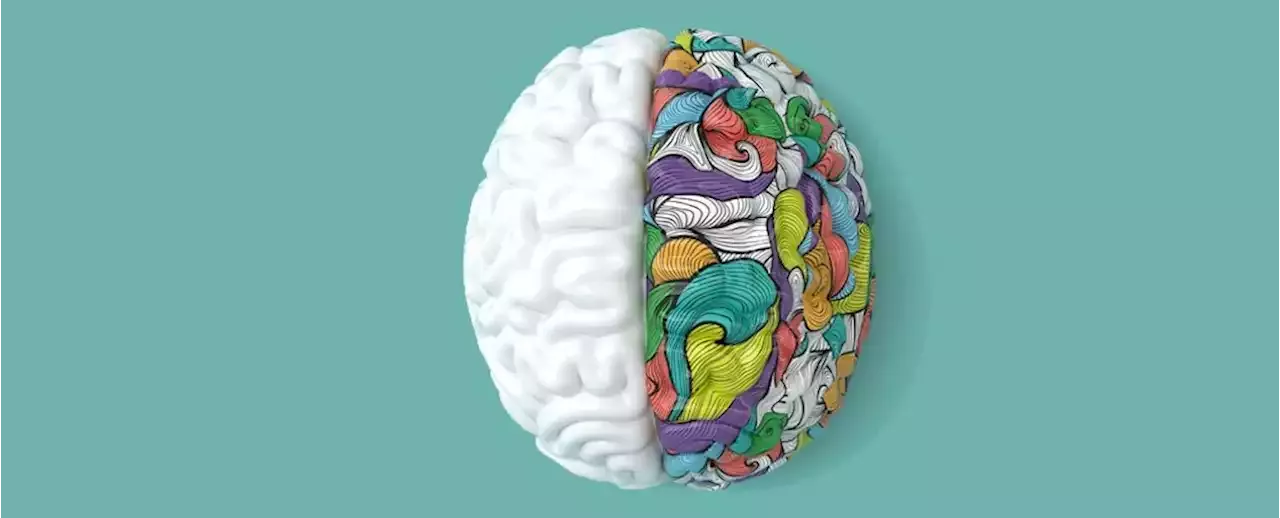Simply being exposed to things we're not familiar with – new objects or species of animals, for example – puts us in learning mode, new research has revealed, and makes us more ready to learn about the new thing later on.
Once we've encountered a new thing, our brains are able to capitalize on a period of brief learning later on to take in more knowledge about it. The new study should help scientists understand this kind of subconscious learning orMuch of how we perceive different things in the world has to do with categorizing them, but the ways we learn these categories are often not explicit.
The team ran five different experiments involving a total of 438 adult volunteers. Researchers used a custom computer game to expose the participants to unfamiliar fantastical creatures, which in some cases were split into two categories – categories similar to cats and dogs.During the initial phase, the participants were instructed to react as quickly as possible to a creature jumping either to a red panel on the left side of the screen, or a blue panel on the right side.
Later in the experiments, there was a period of explicit learning, in which the made-up categories – 'flurps' and 'jalets' – were revealed to those taking part. The teaching also involved explaining how to distinguish between creatures in the two categories .
In experiment five, the initial phase images were accompanied by one of two sounds assigned at random, and the participants had to respond to the sound rather than the picture – in other words, they didn't need to pay attention to the creature at all.
